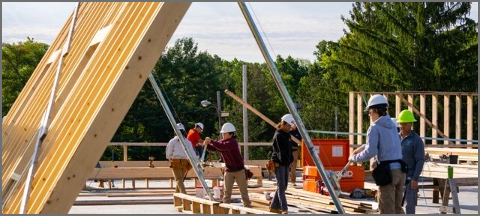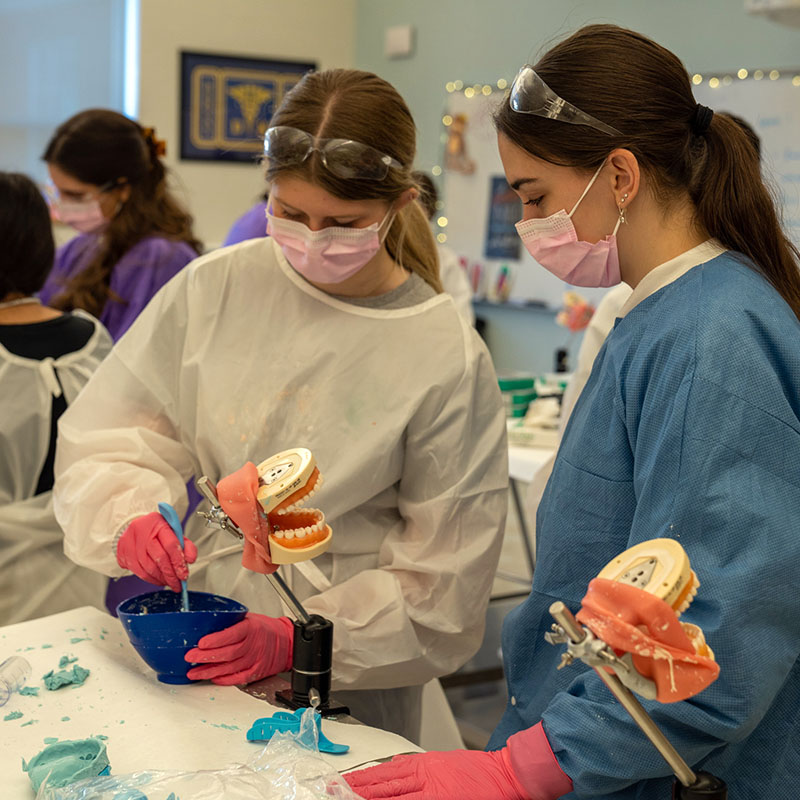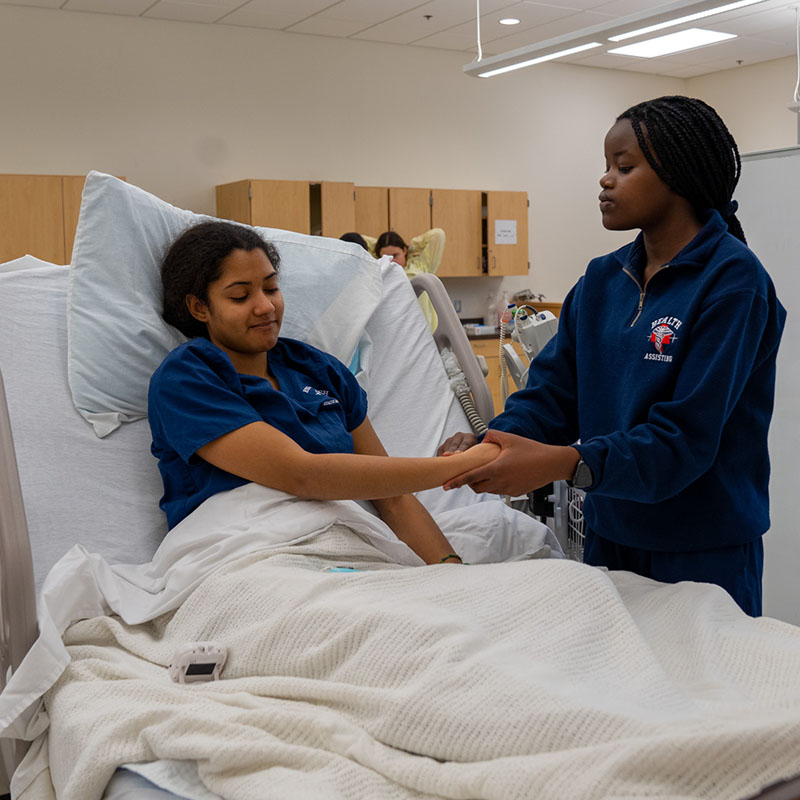Health Sciences places students on pathways toward professions in Dental Assisting, Health Assisting, and Early Education & Care. Health-related fields provide a vital component of our society and offer significant growth opportunities for students. Students will receive excellent technical foundations through clinical experience, certifications, state-of-the-art equipment, and more.
CTE Pathway Course Descriptions
CTE Pathway courses are cluster-based courses scheduled during the academic cycle to meet the needs of Strands 1, 3, 4, 5, 6 of the Vocational Technical Education Frameworks under Chapter 74 Regulations (CMR 603).
Communication for Health Professionals – Grade 11 Pathway
Course # phs301 | Credits: 2
This semester-based course will focus on how effective communication skills have a direct impact on the health professional’s office image, patient satisfaction, and professional relationships. Units of study will include communication principles; interpersonal communication; voice quality and speaking style; communication clarity; and linguistics and visual strategies. Students will deliver presentations in order to improve their confidence and competence when explaining health-related information to individuals and audiences.
Medical Forensics – Grade 11 Pathway
Course # phs302 | Credits: 2
This semester-based course will focus on the role of medical forensics in the health sciences. Students will explore the ability to identify, analyze, and process logically using deductive reasoning and problem solving. Topics will include laboratory skills and safety, microscopy, toxicology, measurement, physical evidence identification, and pathology. Students will develop skills through practice collecting and categorizing crime.
Data Analytics in Health Sciences – Grade 12 Pathway
Course # phs401 | Credits: 2
This full-year course is designed to provide students with experience using statistical analysis to formulate and test hypotheses related to health sciences. Students will begin with basic analyses and how to phrase testable hypotheses using examples from medical research and work through public health data sets as they occur in the real world. Objectives of this course are to: describe a data set from scratch using descriptive statistics and graphical methods, apply appropriate methods to formula and examine statistical associations between variables within a data set, and to interpret the analysis and appraise the role of chance and bias in findings.








